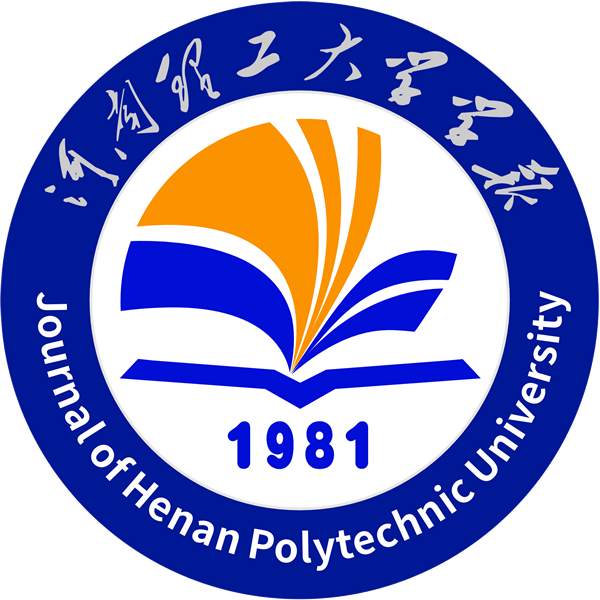| Time: 2021-07-10 | Counts: |
doi:10.16186/j.cnki.1673-9787.2020010002
Received:2020/01/01
Revised:2020/05/22
Published:2021/07/15
Study on seismic performance of connection joints of T-stub steel frame
HUANG Qiang1, WANG Xinwu1, GAO Xin2, SHI Qiang1
1.College of Civil Engineering, Luoyang Institute of Science and Technology,Luoyang 471023 , Henan, China;2.College of Civil Engineering, Henan Polytechnic University, Jiaozuo 454150 , Henan, China
Abstract:In order to study the seismic performance of connection joints of T-stub steel frame, two full-length middle joint specimens and two side joint specimens were designed. The specimens lvere installed in accordance with the seismic test rules for building structures and the appropriate loading protocol was selected. A quasi-static test was carried out on the specimens in the frame foot. The seismic performance of the joints was analyzed from the aspects of hysteretic performance, ultimate bearing capacity and beam-column angle. The results showed that the thickness of flange and web of the connector has a great influence on the seismic performance of the plane beam-and-column joints connected with short T-section steel. With the increase of the thickness ,the ultimate bearing capacity, ductility and accumulated energy consumption of the joints are all increased. Hysteretic curves of the four specimens were of rhomboid shape and full hysteretic curves. The ultimate bearing capacity of the middle column was higher than that of the side column, but the ultimate displacement was relatively small. In case of failure, the beam-column rotation angle exceeded 0. 03 rad, indicating that the T section steel connection column side and middle column joints had good energy dissipation capacity and ductility. The research work in this paper could provide references for engineering practice.
Key words:semi-rigid joint;quasi-static test;T-stub steel connection;seismic performance
- 附件【T型钢连接钢框架抗震性能研究_黄强.pdf】Download 次

